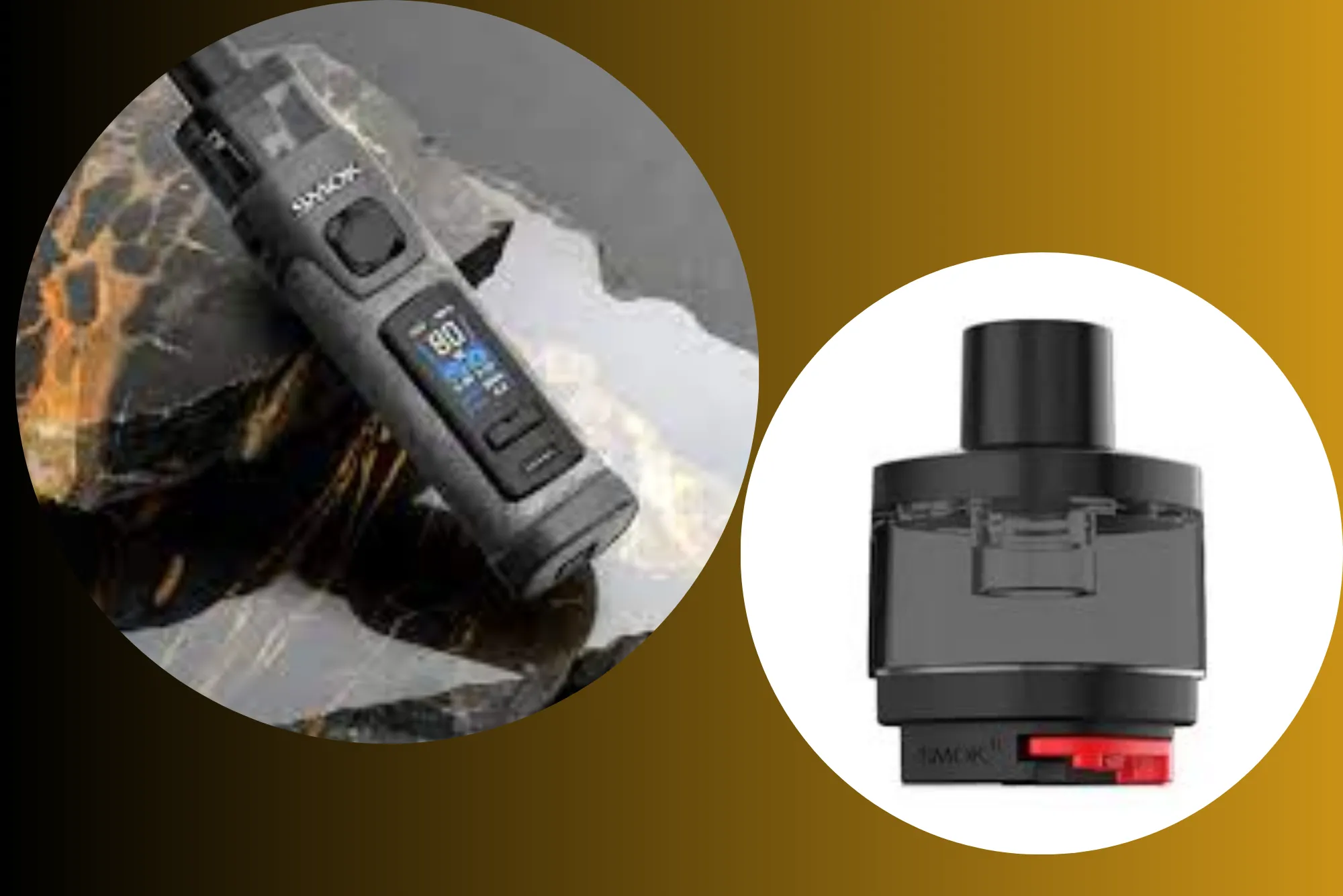In today’s fast-paced business environment, effective team performance is crucial for achieving organizational goals. One approach that has gained significant traction is Taktik, a strategy designed to optimize team dynamics and productivity. This article delves into how Taktik enhances team performance, examining its core principles, implementation strategies, and real-world benefits.
Understanding Taktik
Taktik is a systematic approach to team management and performance enhancement. At its core, Taktik focuses on aligning team activities with organizational goals, ensuring that every member’s efforts contribute towards a unified objective. The strategy emphasizes the importance of clear communication, role definition, and goal-setting, making it an essential tool for improving team efficiency.
Core Principles of Taktik
Alignment with Goals
Taktik begins with aligning team objectives with broader organizational goals. By ensuring that each team’s goals are in sync with the company’s strategic vision, Taktik helps in maintaining a clear focus and direction. This alignment minimizes conflicts and enhances coherence within the team, leading to improved overall performance.
Role Clarity
One of the fundamental aspects of Taktik is the establishment of clear roles and responsibilities. By defining each team member’s role, Taktik reduces ambiguity and ensures that everyone understands their contributions towards the team’s objectives. This clarity fosters accountability and streamlines workflow, thereby boosting team performance.
Effective Communication
Communication is a cornerstone of Taktik. The strategy promotes open and transparent communication channels within the team. Regular meetings, updates, and feedback sessions are integral to Taktik, as they facilitate the exchange of ideas, address issues promptly, and keep everyone on the same page. Effective communication enhances collaboration and problem-solving, leading to better team performance.
Goal Setting and Monitoring
Taktik emphasizes the importance of setting clear, measurable goals. By establishing specific targets and benchmarks, teams can track their progress and make necessary adjustments. This goal-oriented approach not only motivates team members but also provides a framework for evaluating performance and identifying areas for improvement.
Implementing Taktik in Teams
Assessment of Current Performance
The first step in implementing Taktik is assessing the current performance of the team. This involves analyzing existing workflows, identifying bottlenecks, and understanding the team’s strengths and weaknesses. This assessment provides a baseline for setting realistic goals and devising strategies for improvement.
Developing a Taktik Plan
Based on the assessment, a Taktik plan is developed. This plan outlines the specific goals, roles, and communication strategies that will be employed. It includes detailed action steps, timelines, and responsibilities, ensuring that everyone understands their role in achieving the team’s objectives.
Training and Development
Successful implementation of Taktik often requires training and development. Teams may need to undergo workshops or training sessions to familiarize themselves with Taktik principles and techniques. This training helps in building the necessary skills and knowledge to effectively apply Taktik strategies.
Continuous Monitoring and Evaluation
Taktik is not a one-time implementation but an ongoing process. Continuous monitoring and evaluation are crucial for ensuring that the strategy remains effective. Regular performance reviews, feedback sessions, and adjustments to the Taktik plan are essential for maintaining high performance and addressing any emerging issues.
Real-World Benefits of Taktik
Enhanced Team Cohesion
By promoting alignment, clarity, and communication, Taktik enhances team cohesion. Teams that adopt Taktik often experience improved collaboration and stronger relationships among members. This cohesion fosters a positive work environment and boosts overall team morale.
Increased Productivity
Taktik’s focus on goal-setting and role clarity contributes to increased productivity. Teams that follow Taktik are able to work more efficiently, as each member knows their responsibilities and how their efforts contribute to the team’s success. This streamlined approach leads to better time management and higher output.
Improved Problem-Solving
Effective communication and regular feedback, central to Taktik, enhance a team’s problem-solving capabilities. By addressing issues promptly and collaboratively, teams can find solutions more effectively and adapt to changing circumstances. This agility in problem-solving contributes to better overall performance.
Higher Employee Satisfaction
When team members understand their roles, goals, and how their work impacts the team, they are more likely to feel satisfied and motivated. Taktik’s emphasis on clear communication and goal alignment contributes to higher job satisfaction, which can lead to lower turnover rates and a more committed workforce.
Challenges and Considerations
Resistance to Change
Implementing Taktik may face resistance from team members who are accustomed to existing workflows and practices. Overcoming this resistance requires effective change management strategies, including clear communication about the benefits of Taktik and involving team members in the implementation process.
Need for Ongoing Commitment
The success of Taktik depends on the ongoing commitment of both leadership and team members. Maintaining the principles of Taktik requires continuous effort and dedication. Regular reviews and adjustments are necessary to ensure that the strategy remains effective and relevant.
Resource Allocation
Implementing Taktik may require additional resources, such as training programs and tools for monitoring performance. Organizations must allocate these resources effectively to support the successful application of Taktik and achieve the desired outcomes.
Taktik offers a comprehensive approach to improving team performance by focusing on goal alignment, role clarity, effective communication, and goal-setting. By implementing Taktik, organizations can enhance team cohesion, increase productivity, and improve overall performance. However, successful implementation requires overcoming challenges, committing to ongoing effort, and allocating necessary resources. As a strategy, Taktik provides valuable tools for optimizing team dynamics and achieving organizational success.




